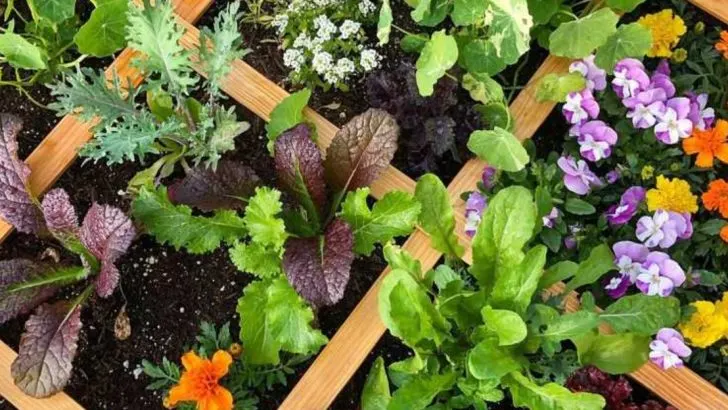By the time July rolls around, your garden is likely in full swing—but so is the heat. And while you’re doing your best to stay cool, your plants are doing the same (just without the luxury of air conditioning or iced tea). High temperatures, intense sun, and drying winds can quickly stress your garden, leaving even the hardiest plants looking a little wilted.
But don’t worry—there’s no need to give up on your green space just because the heat is on. With a few clever strategies and simple tweaks, you can help your plants not just survive, but truly thrive during the hottest days of summer.
In this list, you’ll find 15 practical, creative, and even a little surprising ways to protect your garden when the temperatures soar. From DIY shade hacks and smart watering schedules to soil tricks and unexpected mulch alternatives, each idea is designed to make your life easier—and your plants happier.
Whether you’re tending veggies, flowers, herbs, or a little bit of everything, these tips will help you beat the heat and keep your garden growing strong all July long.
Shade Cloth Magic
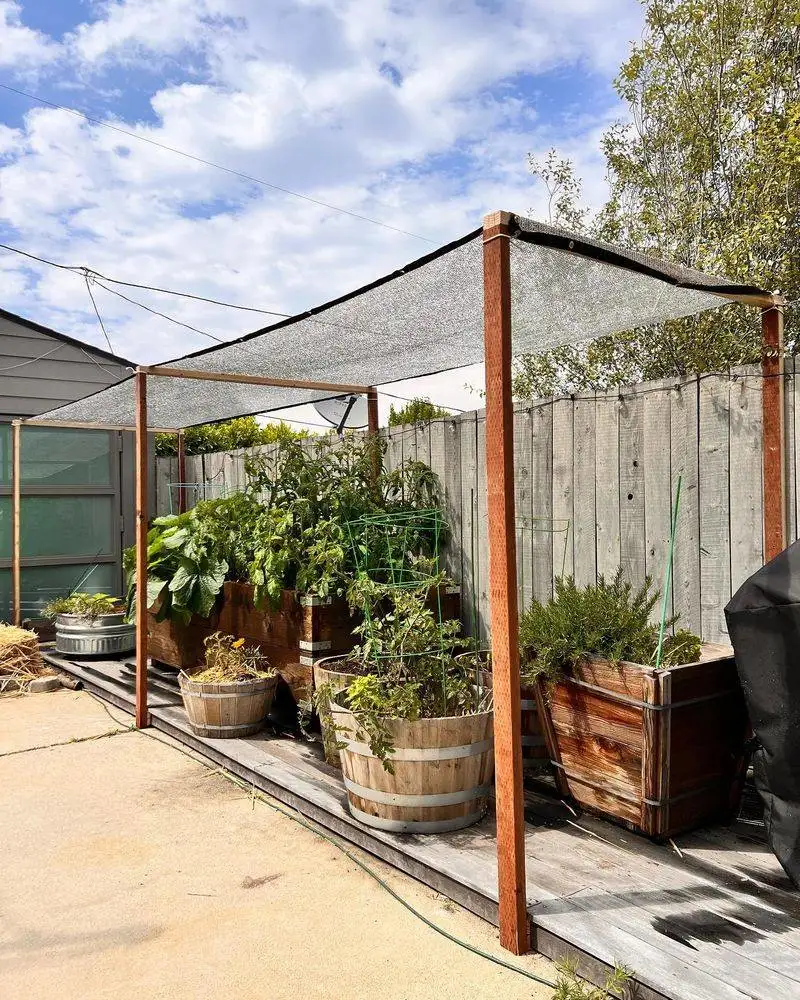
Discovering the power of shade can transform a sun-scorched plot into a cool haven for your plants. Shade cloths, available in various densities, provide a customized solution to protect delicate leaves from intense sunlight. Imagine the relief as your plants bask in dappled light, conserving moisture and thriving.
Consider positioning the cloth strategically to balance sunlight and shade, ensuring optimal coverage. This simple yet effective method keeps your garden vibrant and healthy, even on the hottest July days. A small initial investment can lead to long-term gains, proving invaluable during heatwaves.
Mulch for Moisture
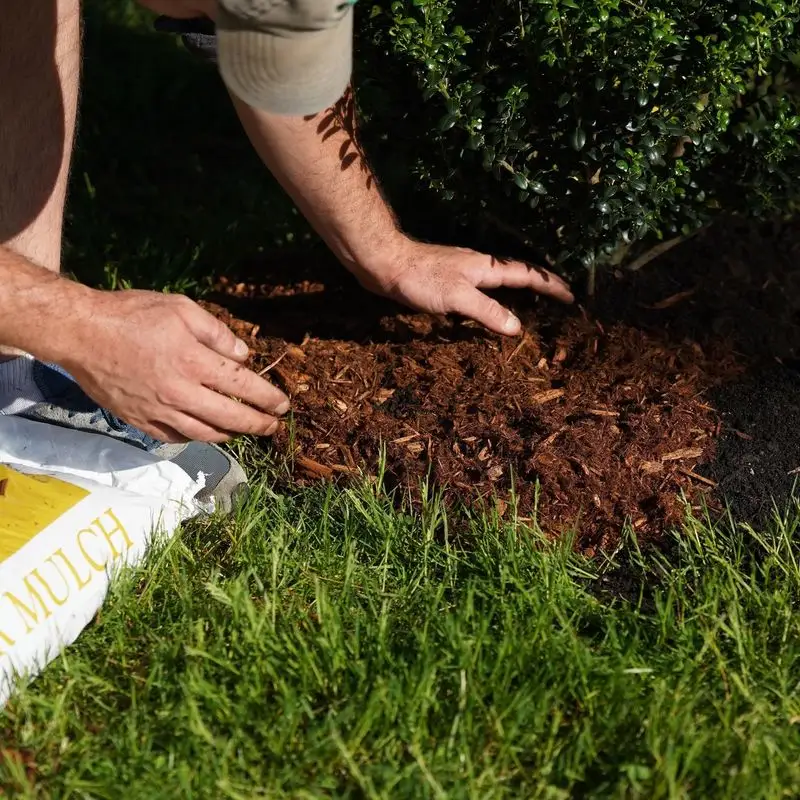
Mulching is like giving your garden a protective blanket. By covering the soil with organic materials like straw or wood chips, moisture is retained, soil temperature is regulated, and weeds are kept at bay. The result? A thriving garden even when the sun is relentless.
Choose materials that suit your garden aesthetics and needs. Organic mulch not only enhances your garden’s beauty but also enriches the soil as it breaks down. This strategy supports healthier plants and reduces watering frequency, making it a gardener’s best friend during July’s heat.
Drip Irrigation Efficiency
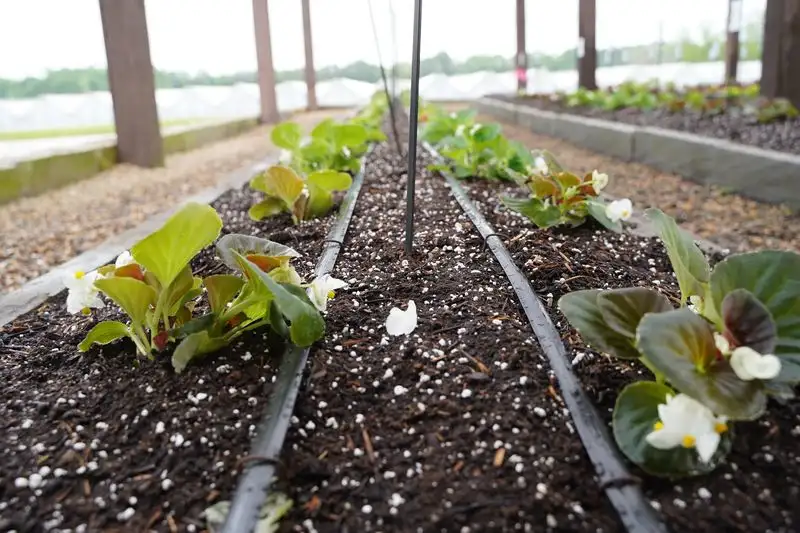
Drip irrigation systems bring precision to watering, ensuring every drop counts. By delivering water directly to the plant roots, these systems minimize evaporation losses, making them perfect for hot climates.
Imagine the efficiency of a garden receiving just the right amount of water without waste. Installation can be straightforward, and the benefits are long-lasting. This method not only conserves water but also promotes healthier growth, helping your garden withstand July’s intense heat with grace.
Companion Planting
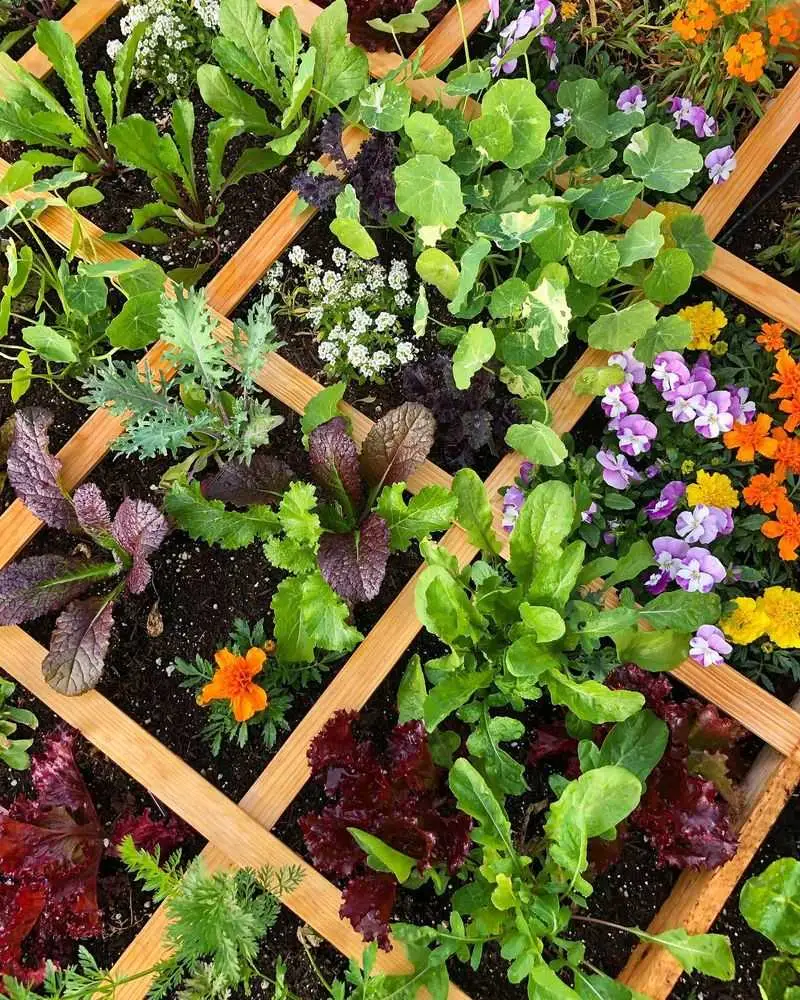
Pairing plants wisely can promote growth and deter pests naturally. Companion planting harnesses the power of biodiversity to create harmonious garden ecosystems. For instance, basil planted alongside tomatoes not only enhances flavor but also wards off unwanted insects.
This method encourages strong, healthy plants by optimizing space and utilizing natural plant interactions. Explore various combinations to uncover what works best for your garden, ensuring a resilient landscape all summer long. Embrace the synergy of nature’s partnerships during the sweltering days of July.
Early Morning Watering
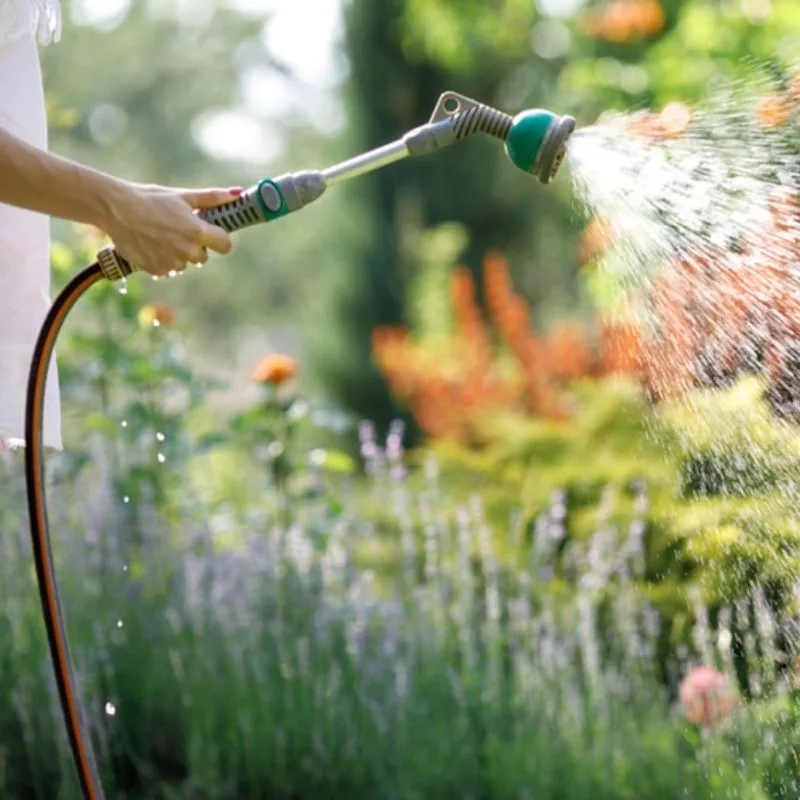
Timing is everything when it comes to watering. Early morning watering reduces evaporation, allowing plants to absorb moisture before the sun’s rays intensify. The cool morning air provides a refreshing start, ensuring optimal hydration and vitality.
This practice not only conserves water but also minimizes fungal diseases by allowing leaves to dry throughout the day. By adopting this simple routine, your garden can flourish under the summer sun, making mornings the best time for a gardener’s touch.
Organic Fertilizer Boost
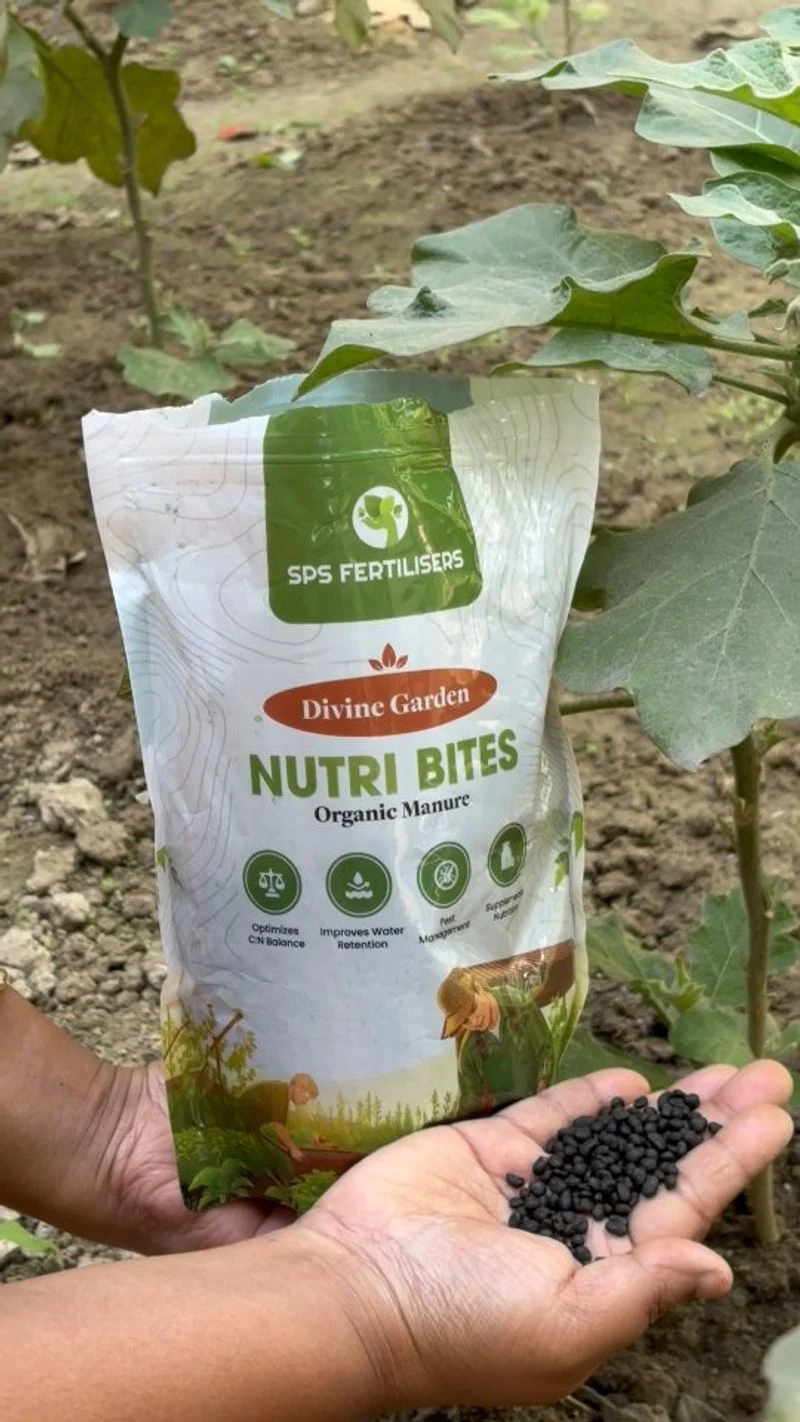
Feeding your garden with organic fertilizers can give it the resilience needed to withstand the heat. Organic options like compost or manure release nutrients slowly, supporting steady growth. Imagine a garden that’s not just surviving but thriving with vigor.
These fertilizers enrich the soil without the harshness of chemicals, promoting a balanced ecosystem. By choosing organic, you contribute to the health of the environment while nurturing your garden through the peak of summer.
Rainwater Harvesting
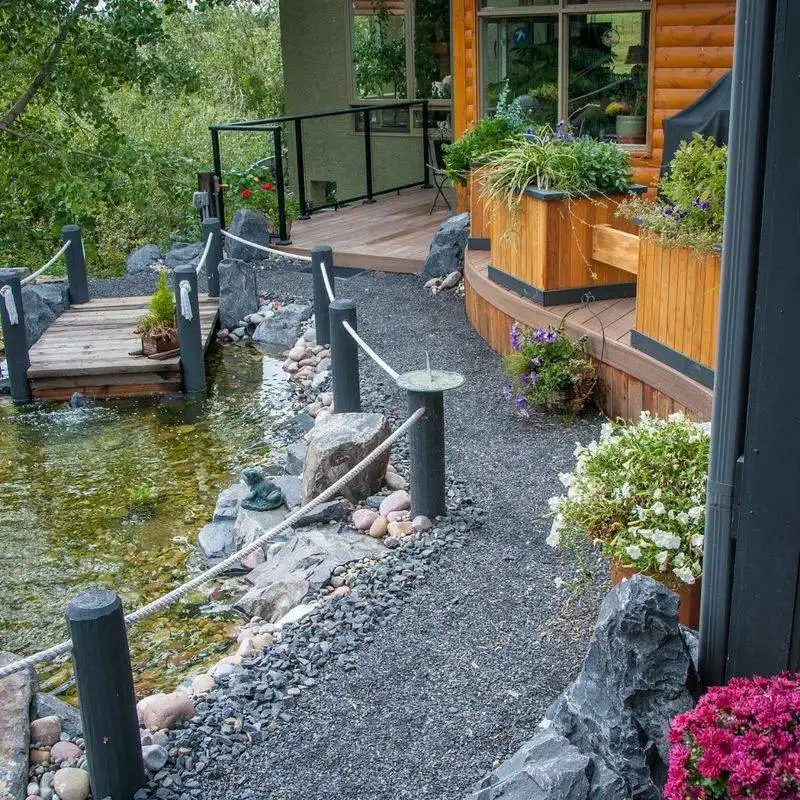
Harnessing rainwater is a sustainable way to keep your garden hydrated. Installing barrels or tanks to collect runoff from roofs can provide a reliable water source during dry spells.
This eco-friendly practice not only conserves municipal water but also reduces your water bill. By utilizing rainwater, you offer your plants a natural and soft hydration option, free from chemicals found in tap water. Embrace sustainability while ensuring your garden remains lush and vibrant throughout July.
Windbreak Wonders
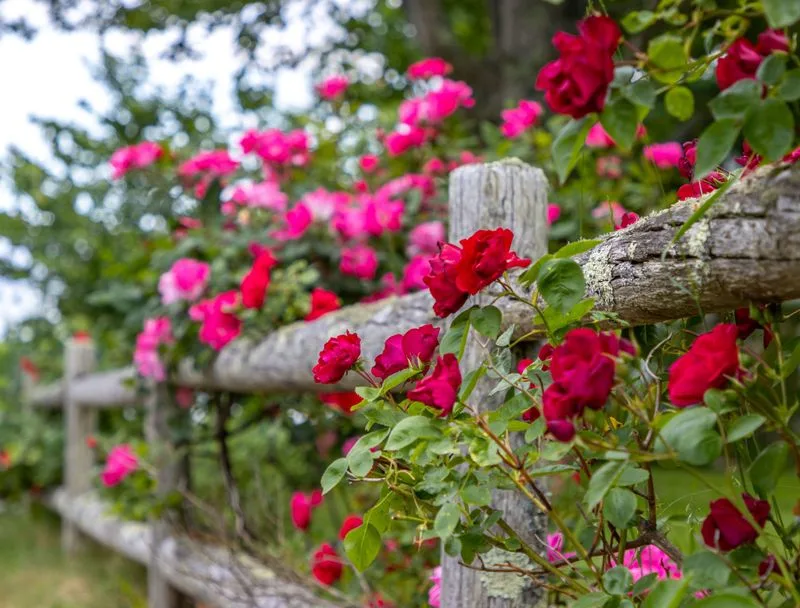
Wind can exacerbate the effects of heat, drying out plants quickly. Installing windbreaks like hedges or fences can shield your garden from harsh gusts, preserving moisture and reducing stress on plants.
Consider using natural barriers that also add beauty and structure to your garden. This strategy provides an added layer of protection, ensuring your plants can focus on growing rather than surviving the elements. Your garden becomes a serene escape, buffered from the extremes of summer weather.
Smart Plant Selection
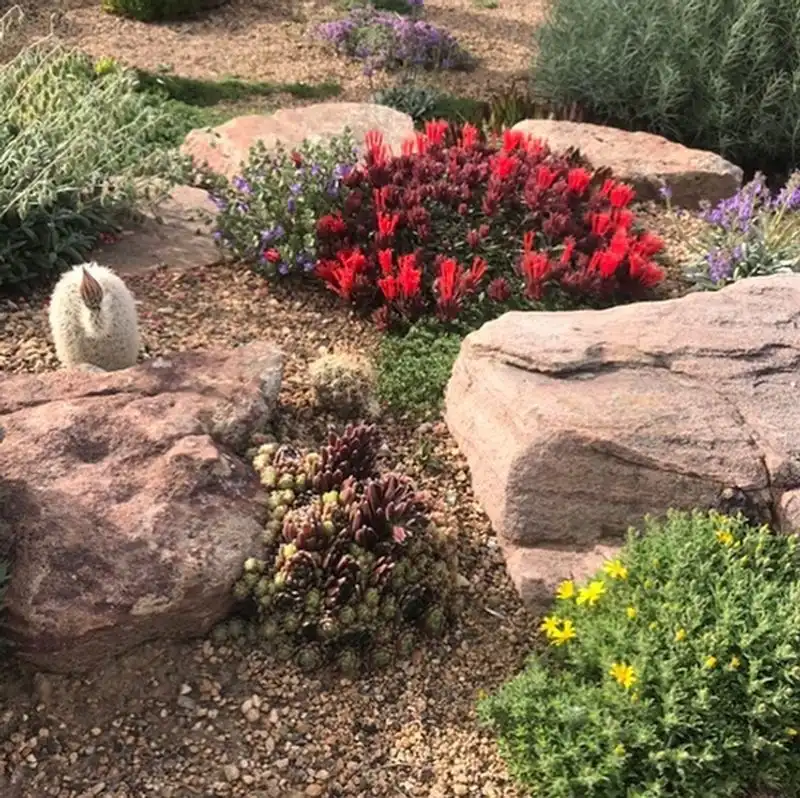
Choosing the right plants for your climate is crucial during hot July days. Opt for drought-tolerant varieties that can thrive with minimal water, such as lavender or succulents.
These resilient plants bring diversity while minimizing water needs, allowing you to enjoy a vibrant garden even in extreme heat. By selecting species suited to your environment, you ensure a garden that remains lively and appealing with less effort and resource consumption during the peak of summer.
Soil Aeration Benefits
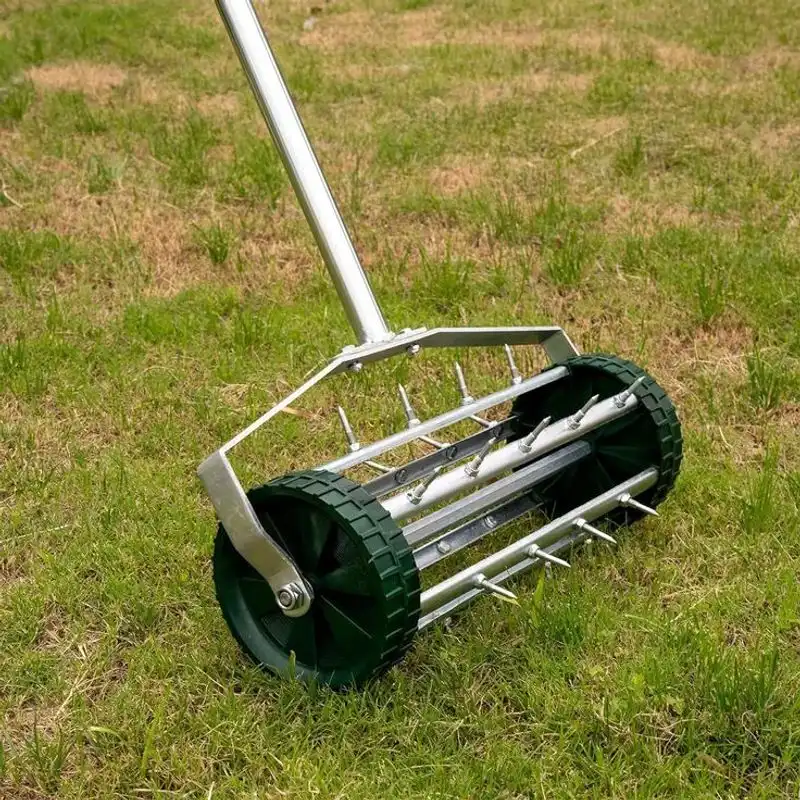
Aerating your soil allows roots to access vital nutrients and moisture more effectively. By breaking up compacted soil, you enhance drainage and root growth, crucial during hot spells.
Regular aeration prevents water runoff and encourages a healthier root system, leading to robust plant development. This simple practice can make a significant difference in maintaining a thriving garden throughout the sweltering days of July.
Reflective Mulch Use
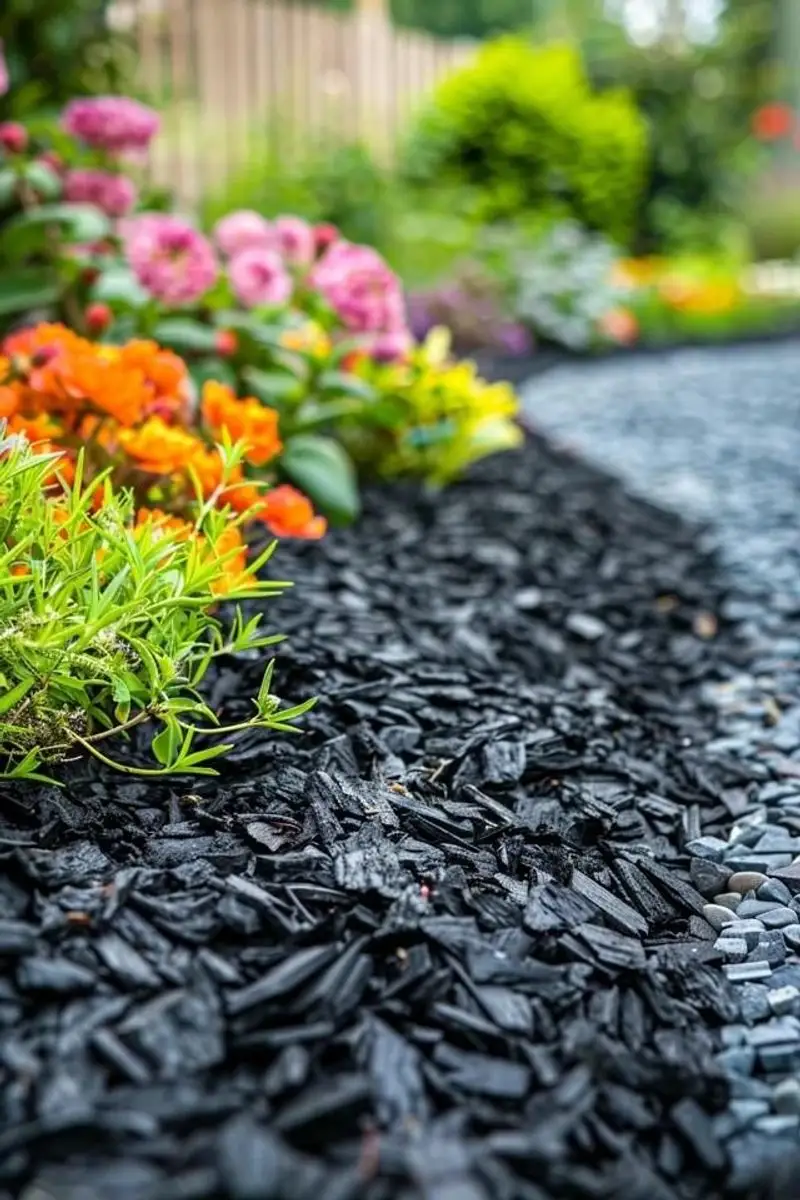
Reflective mulch can keep your garden cooler by bouncing sunlight away from the soil. This innovation reduces soil temperature and conserves moisture, giving plants a better chance to thrive under intense sun.
By choosing reflective materials, you add an element of modernity to your garden while simultaneously enhancing its resilience against heat. A practical solution for those looking to maintain a dynamic and flourishing garden throughout the hottest month of summer.
Temporary Shade Structures
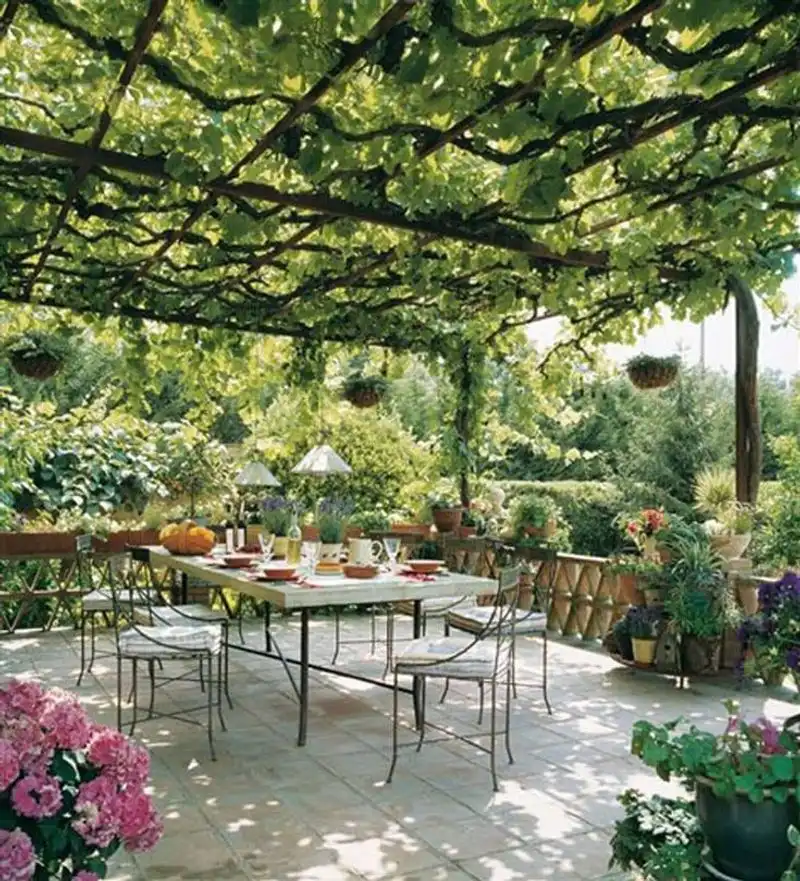
Temporary shade structures offer flexibility in protecting plants during peak heat. Umbrellas, tents, or fabric canopies can be easily moved and adjusted, providing tailored shade solutions.
This adaptability allows you to respond to changing weather conditions, ensuring your plants remain cool and comfortable. Such innovation is key to nurturing a garden that thrives despite the unpredictable nature of July’s heat.
Water Retaining Crystals
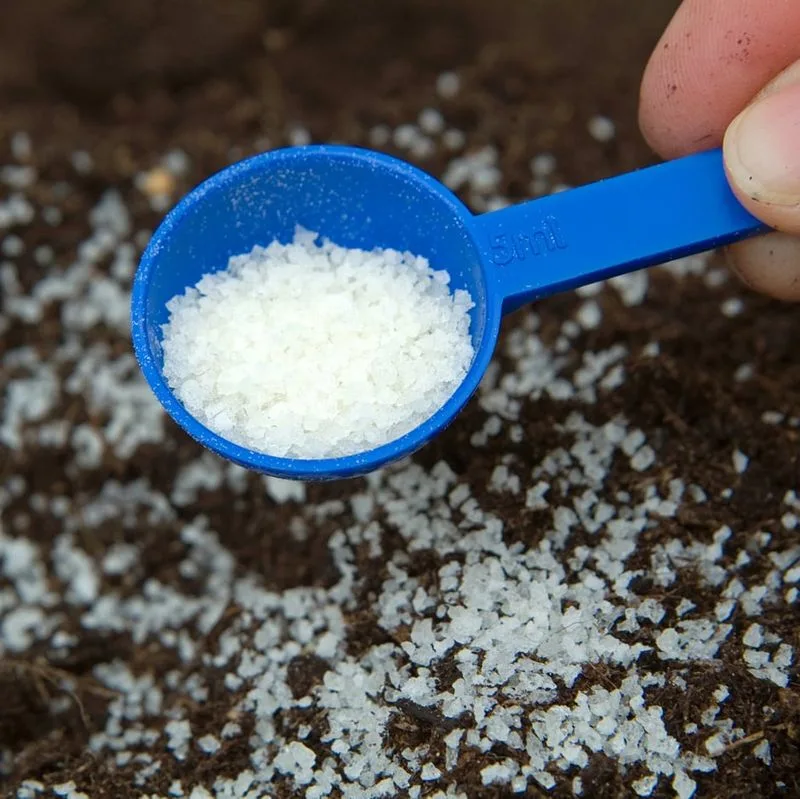
Water retaining crystals work wonders in conserving moisture. When mixed into the soil, they absorb and store water, releasing it gradually to plant roots as needed.
This technology ensures your garden remains hydrated, reducing the frequency of watering even during the hottest days. Aiding plants in their quest for water, these crystals are an ingenious addition to any gardener’s toolkit, especially when July’s sun is relentless.
Hydration Monitoring Tools
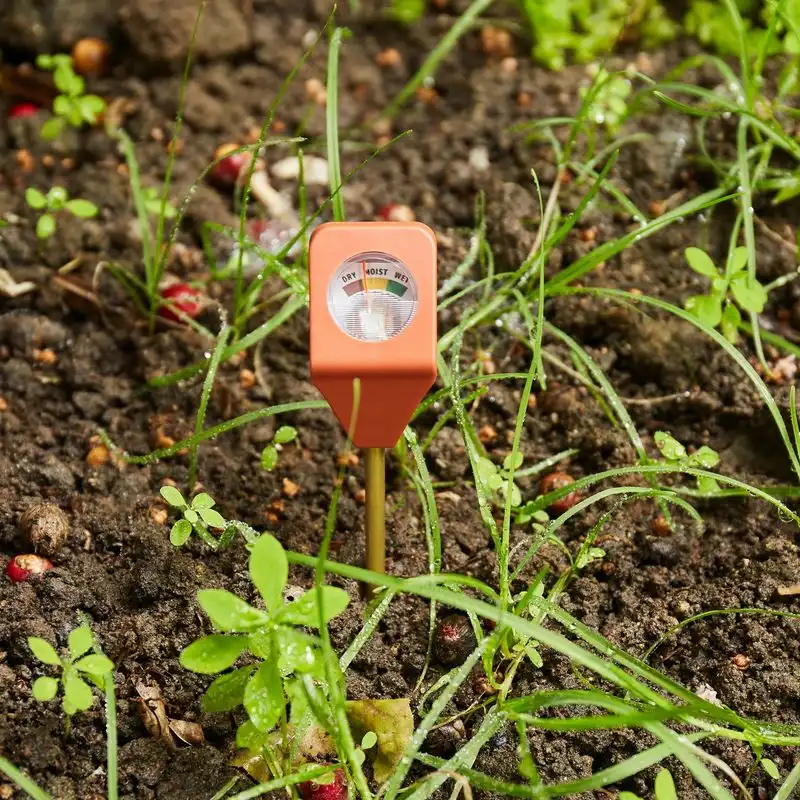
With modern technology, monitoring soil hydration is easier than ever. Moisture meters provide accurate readings, informing you when your plants need water.
This precision prevents over-watering, a common mistake during hot months, while ensuring plants receive the moisture they require. Utilizing such tools leads to smarter gardening practices, fostering a garden that can thrive even under July’s intense sun.
Create Microclimates
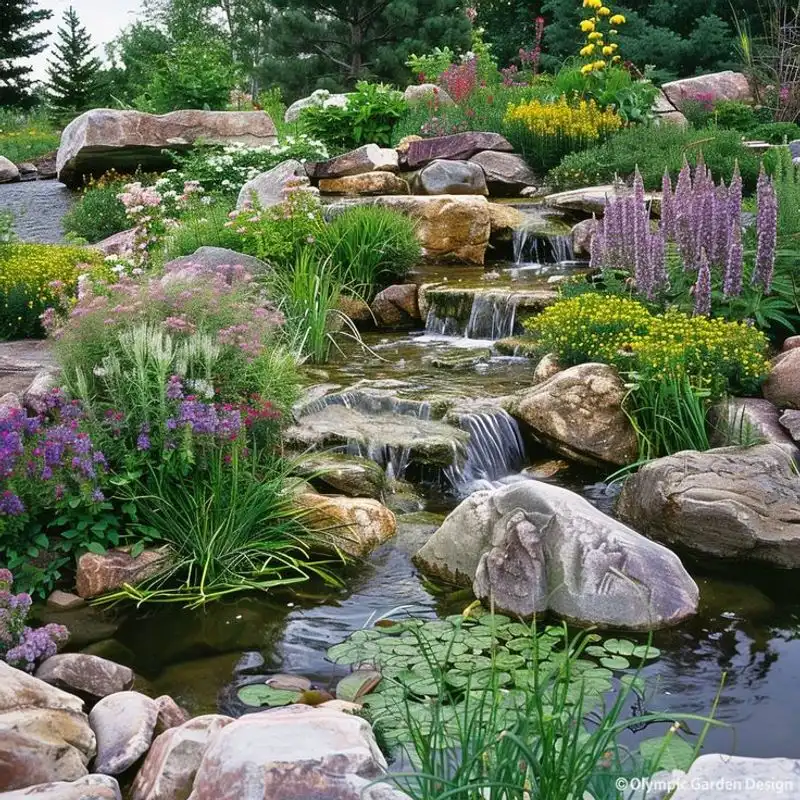
Designing microclimates within your garden can protect delicate plants from extreme conditions. Using taller plants to provide shade for smaller, more sensitive ones creates natural shelters.
This strategic planting approach results in a garden where each plant finds its perfect niche, enhancing growth and survival rates. By organizing your garden thoughtfully, you cultivate an environment that flourishes throughout July, regardless of the harsh sun.

